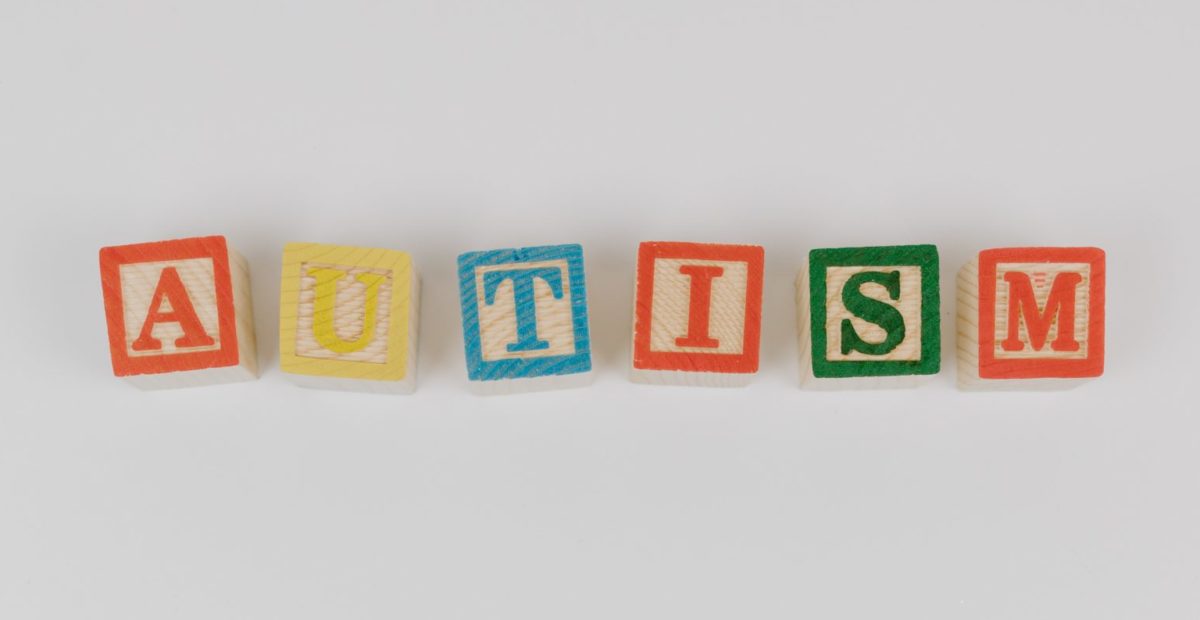What is low-functioning vs high-functioning autism?

Featured image by Tara Winstead, Pexels.com
What is autism?
Autism Spectrum Disorder (ASD) is a neurological developmental condition, characterised by repetitive patterns of behaviour and difficulties with social communication. Struggling to deal with change, mandatory actions, or differing points of view can be characteristics of this learning difference.
No definition can truly capture the range of characteristics people on the autistic spectrum experience in the world around them. People on the autistic spectrum often have great attention to detail and focus, and can be very logical thinkers.
What is high-functioning autism & what are the symptoms?

Image by Christina Morillo, Pexels.com
High-functioning autism is an expression used to describe individuals where behavioural and communicative differences are present, but their intelligence is not impacted by their autism. High-functioning autism is classed as “level one” on the autism diagnosis criteria and is sometimes referred to as Asperger’s Syndrome.
Children and adults with high-functioning autism often experience similar difficulties to those with low-functioning autism, such as cognitive development, the development of adaptive behaviour and age-appropriate self-help skills. However, these difficulties are not as “severe” and may not impact on adults living independent lives. Adults and children with high-functioning autism may experience difficulties in social situations, such as communicating verbally, using small talk, and forming relationships. In addition, making and maintaining friendships may not come naturally to children and adults with high-functioning autism who may prefer sticking to established routines and feel uncomfortable with changes or unexpected events.
What is low-functioning autism & what are the symptoms?

Image by Matthias Zomer, Pexels.com
Low-functioning autism, sometimes referred to as “severe autism” and classed as “level three” on the autism diagnosis criteria, is a form of autism where individuals may require assistance with motor skills, such as tying shoelaces, utilising utensils, activities requiring hand-eye coordination such as imitating the movement of others. Behavioural and cognitive difficulties also accompany this form of autism. Some children and adults experience learning difficulties, as well as problems regulating and controlling their behaviour. In most cases, substantial support from a caregiver or family members is required over the course of a “low-functioning” individual’s life.
There are a number of therapies that can support individuals with low-functioning autism and improve their lives, such as occupational, speech-language, and sensory integration. These therapies can help autistic individuals with high support needs learn skills that help them adapt to everyday tasks and situations, such as communication, personal hygiene, environmental stimuli and movement. In addition, adults and children who are non-verbal and on the “severe” end of ASD may benefit with the help of assistive technology software and hardware to assist with learning difficulties Furthermore, some individuals require support 24/7. In these cases, they may also be offered care and support with living, either in a residential facility or through a housing association. The earlier support and therapy is offered, the higher the chances are that an autistic individual with high support needs can progress and live a fulfilled life.
What are the 3 levels of ASD?

Image by Black ice, Pexels.com
When an adult or child is diagnosed with autism (ASD), specialists will use criteria to assess the support needs of the individual. There are three levels of autism within this criteria:
Level 1: Requiring some support e.g. emotional support, social skills training, cognitive behavioural therapy to focus on the connection between thoughts and feelings.
In this category, individuals are considered to have the “mildest” or “high functioning” form of autism. Traits by individuals include:
- Difficulties making friends and managing relationships.
- Fixation on subjects or ideas of interest.
- Dedication to routine/structure; individuals prefer to do things their own way.
Level 2: Requiring considerable support e.g. joint attention therapy for improving skills related to attention, social skills training, as well as educational support to assist adults and children with their learning.
Individuals in this category require a “medium” level of support for their symptoms. Traits experienced by individuals include:
- Difficulties with non-verbal forms of communication.
- Narrow interests and engaging in repetitive behaviour.
- Difficulty changing focus, e.g. switching from one activity to the next.
Level 3: Requiring intensive support e.g. occupational and physical therapy for motor challenges and poor muscle tone that may affect balance and posture. Some will require speech therapy due to being non-verbal. Some people will require 24-hour care.
Individuals in this category are considered to have the most “severe” form of autism. Traits experienced by individuals include:
- Limited or no verbal communication; may rely on technology and picture boards to get their ideas across.
- Overly or under-sensitive to sensory input.
- Restrictive or repetitive behaviours that may interfere with everyday functioning and the ability to live independently.
What is the difference between high-functioning and low-functioning autism?

Image by Victor Freitas, Pexels.com
As autism is perceived to be a spectrum, autistic people are often grouped into the high-functioning or low-functioning category. Individuals with high-functioning autism are diagnosed at “level one” and display mild symptoms of ASD, that may go unnoticed, as the person is able to communicate and may not display any motor or sensory challenges.
Despite this, some people with high-functioning ASD may struggle with a lack of routine, as well as forming and maintaining friendships. For such difficulties, people with high-functioning ASD may require some support but are able to live independently.
In contrast, people with low-functioning ASD are diagnosed at “level three” and will usually require support from a caregiver throughout their life. This is due to limited social skills and difficulties with motor skills, such as the movement and coordination of arms and legs.
Can people with high functioning or low functioning autism improve?
People with autism can progress and improve in various areas, although the extent of improvement can vary significantly depending on the individual and their specific challenges.
While some individuals with autism may continue to face significant challenges throughout their lives, appropriate interventions, therapies, and support can help improve their overall quality of life and functioning. Early intervention, structured educational programmes, speech and language therapy, occupational therapy, and behavioural interventions can be valuable in addressing specific areas of difficulty and promoting skill development.
That said, it is highly beneficial to set realistic and individualised goals for individuals with autism – and to focus on enhancing their strengths while supporting their challenges. With consistent support, patience, and a person-centred approach, individuals with autism can make significant improvements in communication, socialisation, self-care, and overall independence, leading to a better quality of life.
Criticisms of the terms

Image by Tara Winstead, Pexels.com
Some people argue that both labels are problematic for a number of reasons. Firstly, the terms are based on the personal perspectives of non-autistic individuals, such as the parent, teacher, friend or stranger. Secondly, both labels can be misleading as neither one is an indicator of an autistic person’s special talents, sensory challenges, anxiety levels or noise tolerance.
Why not find out more about your own unique strengths and potential challenges by starting a spiky profile.
We also offer Autism consultancy for recruiters to ensure full inclusivity, Autism workplace needs assessments, and Autistic support services for employees. To find out if you have traits of autism, try taking our online autism test.




